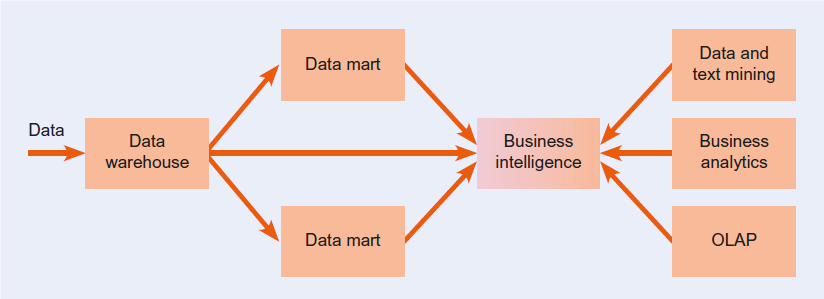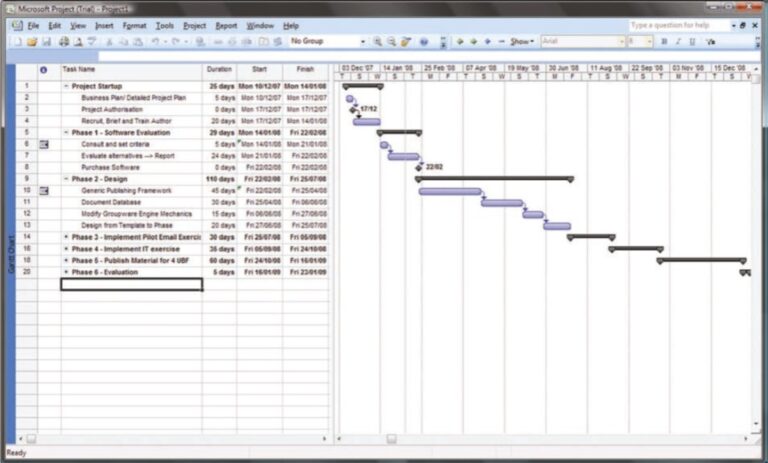MIS Exam: Revision Notes for Exam Preparation for the Final Exam of Management Information Systems

MIS Review
- Data Systems
- Database Systems & Design
- Decision Support Systems
- Software Development Lifecycle
- System Acquisition
- Project Management
- Support Systems
- Intelligent Information Systems
- Enterprise Information Systems
MIS Lesson Summary
- Data Systems – data warehouse, data marts and data mining
- Database Systems – ER diagram
- Decision Support Systems – decisions, structure, DSS systems
- Software Development Lifecycle – stages
- System Acquisition – packaged, bespoke, end-user systems
- Project Management – WBS, Gantt charts and critical path
- Support Systems – group, Expert, Executive, Departmental, Global IS
- Intelligent Systems – what are intelligent systems?
- Enterprise Systems – ERP, CRM, SCM, SRM
Revision Notes
Data Systems

- Distributed database systems (DDBMS) & global information systems
- In these lessons we learn how information systems that are over different areas, even countries (e.g. Lazada, Alibaba) can operate
- for the user without complication
- for the company despite issues such as currency, language, culture, customs, logistics, formatting issues, etc.
- In these lessons we learn how information systems that are over different areas, even countries (e.g. Lazada, Alibaba) can operate
- Business Intelligent systems
- how we can use data to help with decisions relating to our business, including
- data warehouses & data marts
- dealing with different types of data
- collection from sources
- extraction
- transformation
- load (ETL)
- analyzing and presenting the data
- data, text and web mining
- business analysis, forecasting
- visualization, dashboards
- how we can use data to help with decisions relating to our business, including
Database Systems
- what is a database system e.g. relational database system
- importance of primary keys
- SQL, noSQL
- database design
- Entity-Relationship (ER) Diagram
- entities (tables)
- attributes (columns)
- primary key (foreign key)
- relationships
- junction tables
- degree of relationships (e.g. many-to-many)
- Entity-Relationship (ER) Diagram

The database design lessons and labs covered these areas in detail. See the main course page to access these pages and lessons: 888342 MIS course page

Decision Support Systems
- choice strategies
- optimizing
- satisficing
- heuristics
- decision structures
- structured, unstructured, semi-structured
- Decision Support Systems – reasons why they are used
- computation
- lots of data
- high consistency
- rapid choices
- DSS capabilities, characteristics, examples, benefits, types, etc.
Business Application
System Development LifeCycle
- 1.Planning
- identify the problem
- feasibility
- preliminary investigation
- planning
- 2.Analysis
- what exists
- what will be improved
- 3.Design
- what will be built
- 4.Implementation
- developed, tested then introduced
- 5.Maintenance
- dealing with post-implementation issues, updates and checks
System Acquisition
- packaged – ‘off-the-shelf’
- bespoke
- end-user developed
- why buy / do
- factors e.g. cost, time, quality
- risk
Project Management

Work Breakdown Structure

Critical Path

Gantt Chart
Information Systems
Support Systems
- group support systems
- groupware
- expert systems
- advantages & disadvantages
- architecture
- examples
- executive support systems (ESS) / executive information systems (EIS)
- departmental information systems
- global information systems
Intelligent Information Systems
- business intelligence
- intelligent systems
- knowledge
- expertise
- intelligence
- fuzzy logic
- genetic algorithms
- neural networks
- AI
- AI and Information systems
Enterprise Information Systems
- Enterprise Systems
- ERP, CRM, SCM and SRM
- advantages & disadvantages
